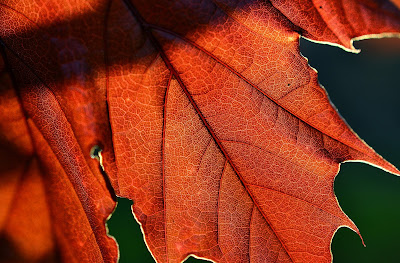Just recently, I realized--in a visceral way--how much easier I give love than receive love; provide support than welcome support; offer help than accept help. My role as "caretaker" is both genuine and protective. When I'm the one giving, I feel in control of this uncertain, difficult world. When I receive, I'm completely vulnerable. I'm open. And in that openness, I could get hurt. But if I don't take the chance, I can't really love. To love wholly, means to accept love wholly. This is a lesson I re-learn often. And each time, my understanding deepens.
We humans have a negativity bias. It's baked into us through evolution. We scan the horizon for danger. We guard ourselves against being hurt. With quickness and ease, negative stimuli go straight to our brains--into memory. Yet we skip over multitudes of positive experiences. Why? Because we don't even notice them; we're too busy scanning the horizon or looking for the next task. Or we notice them, briefly, but don't actually take them in.
Here's the great news: we can retrain our brains. In brief, regular ways, we cultivate the positive and take in the good. First we notice a positive experience, then we embody it (savor it) for three deep breaths. Thirty seconds at a time, bit by bit, we build a more contented, happy life.
This practice works in a general way. It also works as specific medicine for basic human needs: safety, satisfaction, and connection. If you feel anxious, notice you're safe--not physically in danger--right now; stay with that feeling of safety for three breaths. If you feel frustrated or irritable, do something that brings you satisfaction; then linger in that satisfaction for three breaths. If you feel lonely or sad, hug a friend or hold hands with a loved one; soak in the connection for three breaths. (Or remember a time of satisfaction or connection, and stay with that enlivened memory.)
This practice isn't grandiose. It's completely do-able. Start by noticing the positive in your life. Then begin to stay with the positive, as it fills your whole being. Then stay longer. These are brief pauses throughout the day. Perhaps 5 minutes of your daily life. Definitely do-able. And perhaps life-changing.
If you want to try this practice, listen to my guided meditation (included below). If you want to learn more, read Hardwiring Happiness by Rick Hanson.
May we all have more moments of happiness, ease, and connection.
---
Welcome Page (start here) | About Joy |
Courses | Monthly Mindfulness | Facebook




































